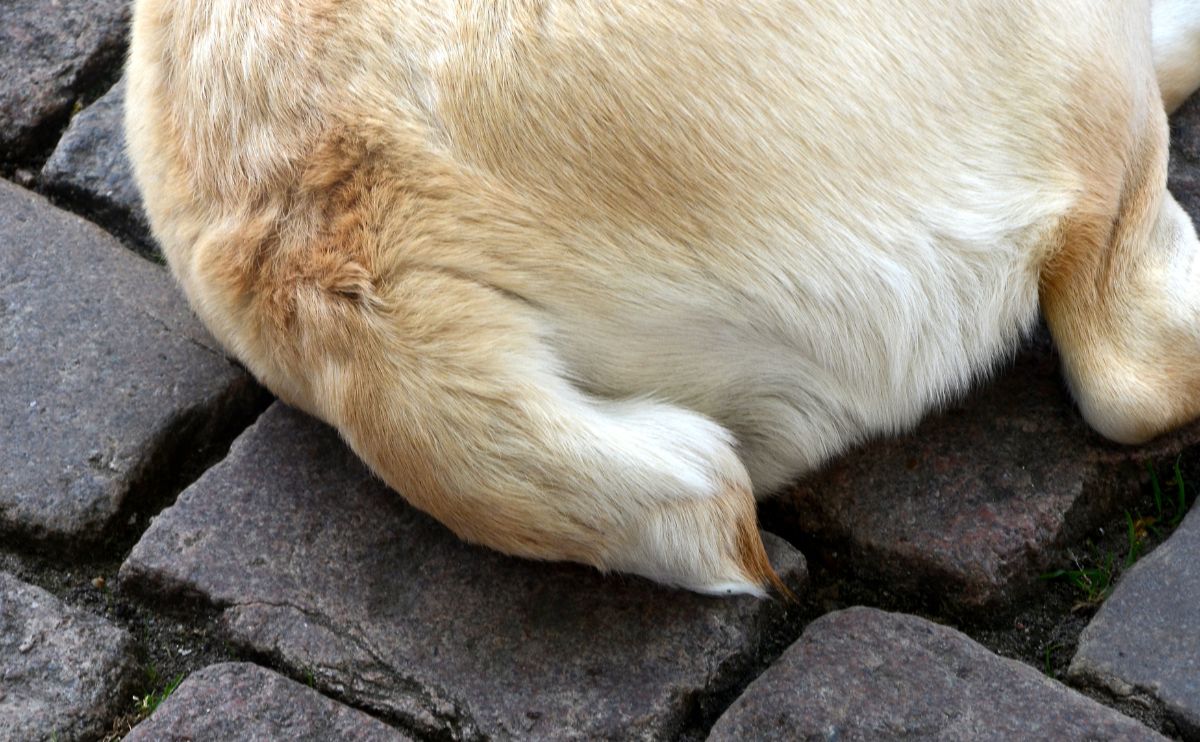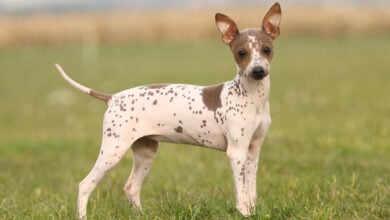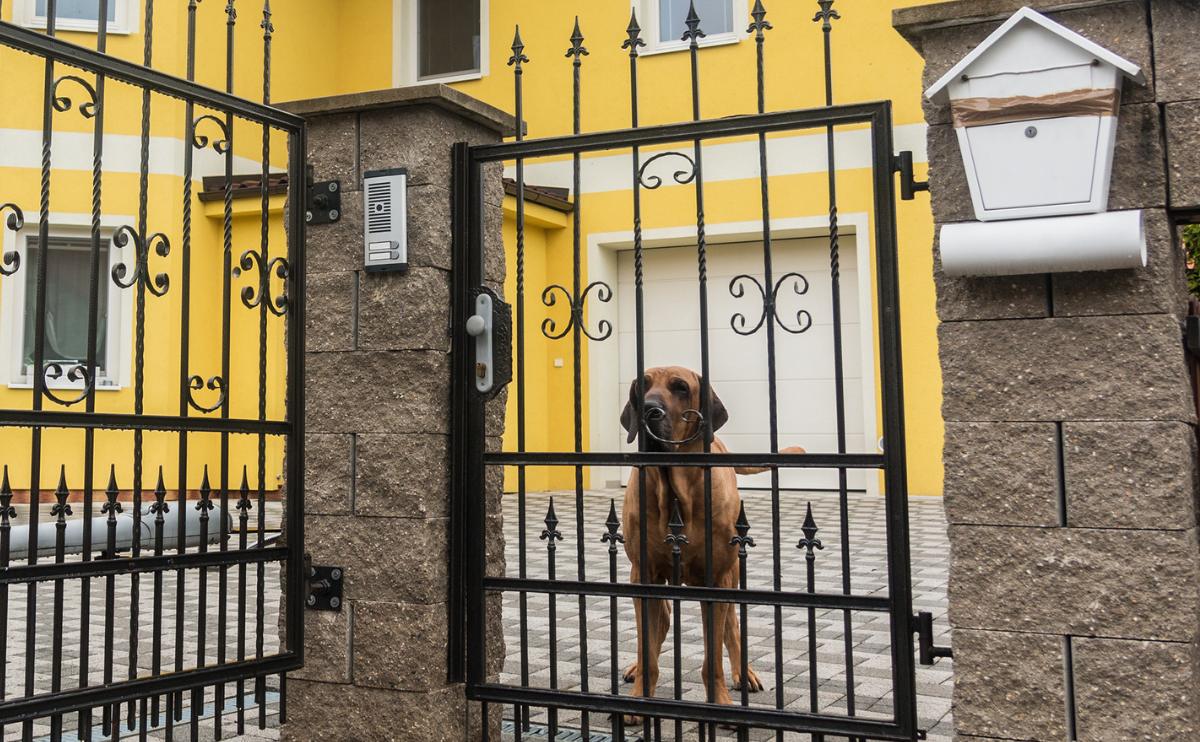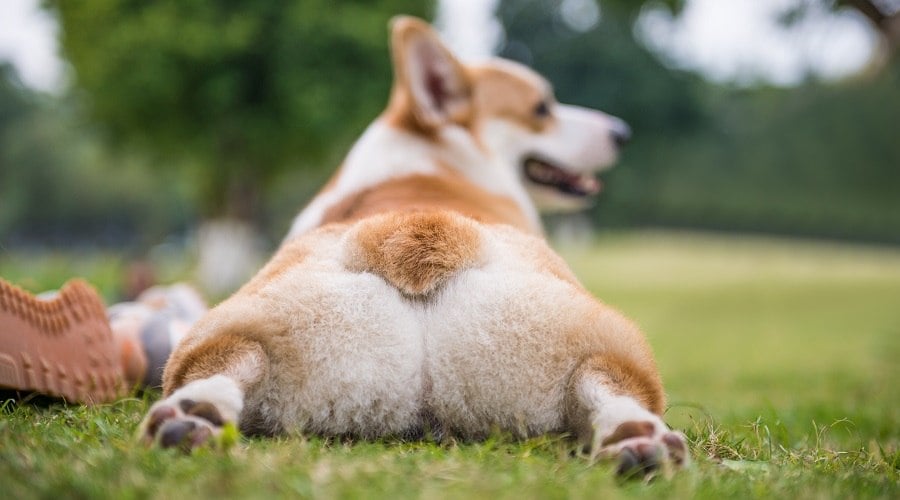25 Dog Breeds Who Love Big But Live Short: Is Your Pup On This Heartbreaking List?
When you purchase through links on our site, we may earn a commission. Here’s how it works.
Some dogs sprint through life like it’s a 100-yard dash—gone too soon, but unforgettable. If you’ve ever loved a gentle giant or watched your floppy-eared best friend age too fast, you already know: the biggest hearts sometimes come with the shortest clocks.
Table of Contents
Discover 25 dog breeds with shorter lifespans, plus what affects a dog’s longevity—from size and genetics to common health issues.
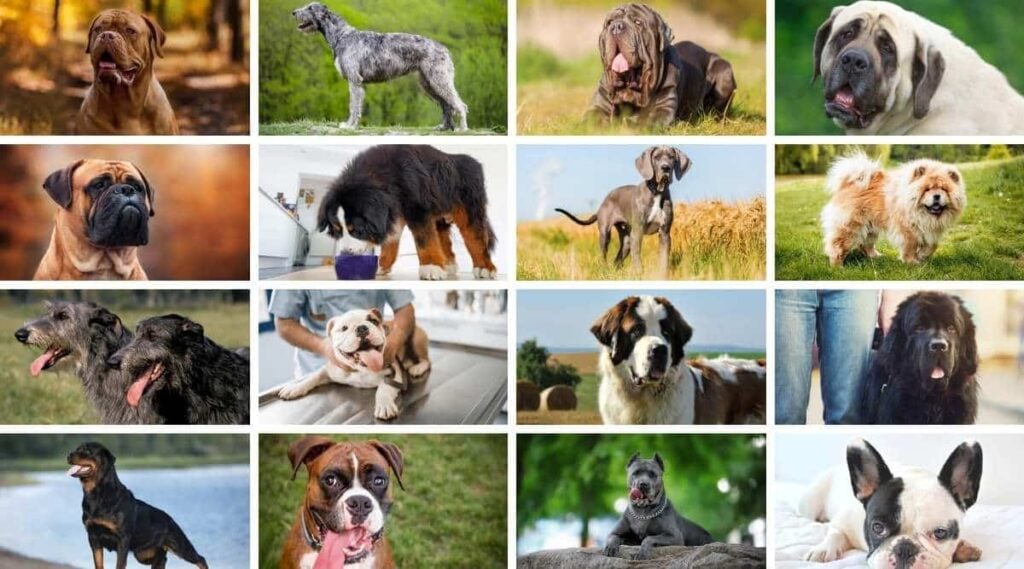
25 Dog Breeds With The Shortest Lifespans
In most species, larger animals live longer, but it’s the opposite with dogs. The bigger the breed, the shorter the clock tends to run.
On average, dogs live between 10 and 13 years, but that number can swing dramatically based on size and genetics. Small dogs often live 13 to 16 years. Large and giant breeds may only reach 8 to 10.
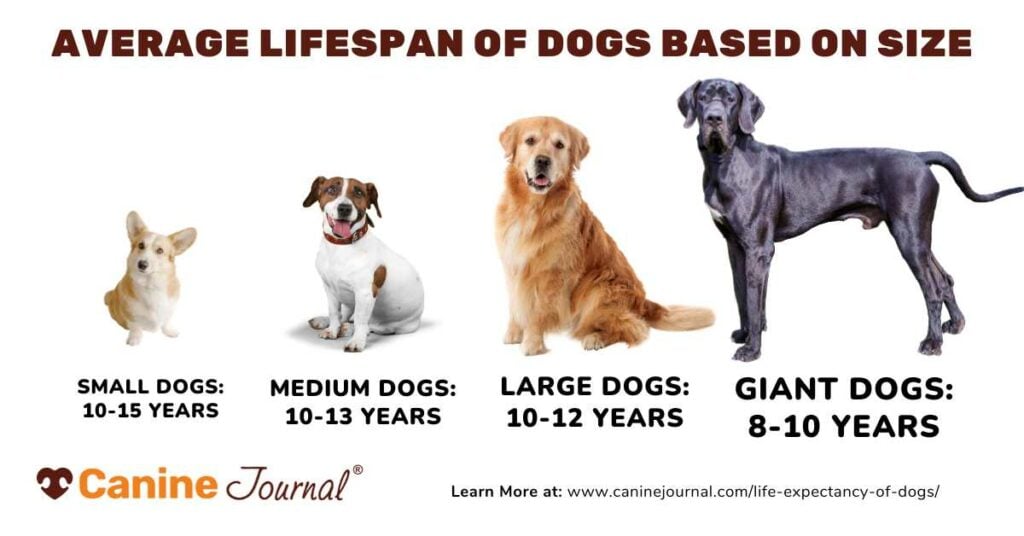
To help you understand how size impacts lifespan, we’ve grouped these short-lived breeds into giant, large, and medium-to-small categories. While the timelines may be brief, the love these dogs bring is anything but.
Giant Love, Giant Loss
Big dogs often come with big hearts and heartbreak to match. While the average dog lives around 12.7 years, according to Frontiers in Veterinary Science, large and giant breeds typically fall below that range.
Most live just 8 to 10 years, with some not even reaching 6. Their loyalty and love are unmatched, but so is the speed at which they leave us.
Below are giant dog breeds with the shortest lifespans.
Did You Know You Can Get Pet Health Insurance For Your Pup?
You never expect a medical emergency—until it happens. Yet, less than half of pet owners feel financially prepared to handle an unexpected veterinary bill. With the average unplanned vet expense totaling $560.80 , and emergency treatments often reaching thousands of dollars, many pet parents find themselves making heartbreaking decisions when faced with a sudden illness or injury.
For around $50 per month, pet insurance can be the difference between life-saving treatment and a financial crisis. Imagine hearing that your dog needs an $8,000 surgery to survive. Without pet insurance coverage, you may be forced to choose between going into debt or saying goodbye far too soon. Learn more and find out who we recommend in our analysis of whether pet insurance is worth it in the long haul.
1. Dogue de Bordeaux
The Dogue de Bordeau, also known as the French Mastiff, is one of France’s oldest and most unforgettable breeds.
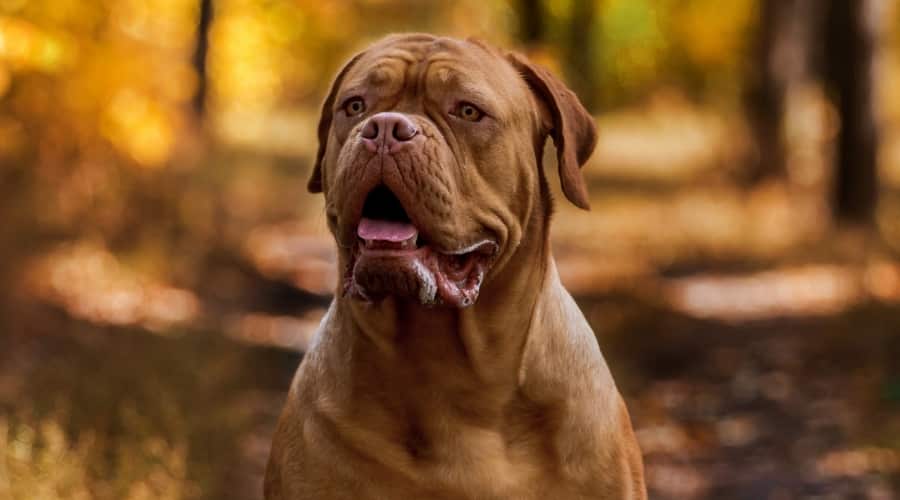
These muscular giants were bred to pull carts and guard estates, with males often topping 150 pounds. They’re affectionate with their people, but their size and intensity make them better suited for calm, kid-free homes.
Sadly, this breed’s body just isn’t built for the long haul. Their short snouts make them prone to overheating, and their large frames invite joint issues, heart disease, and dangerous conditions like bloat.
- Lifespan: 5–8 years
- Weight: 100–150+ pounds
- Height: 23–27 inches
2. Irish Wolfhound
The Irish Wolfhound is the tallest dog breed in the world, with males easily topping 32 inches at the shoulder. Originally bred to hunt game and pull warriors from chariots, this ancient hound has roots that stretch back to 391 A.D.
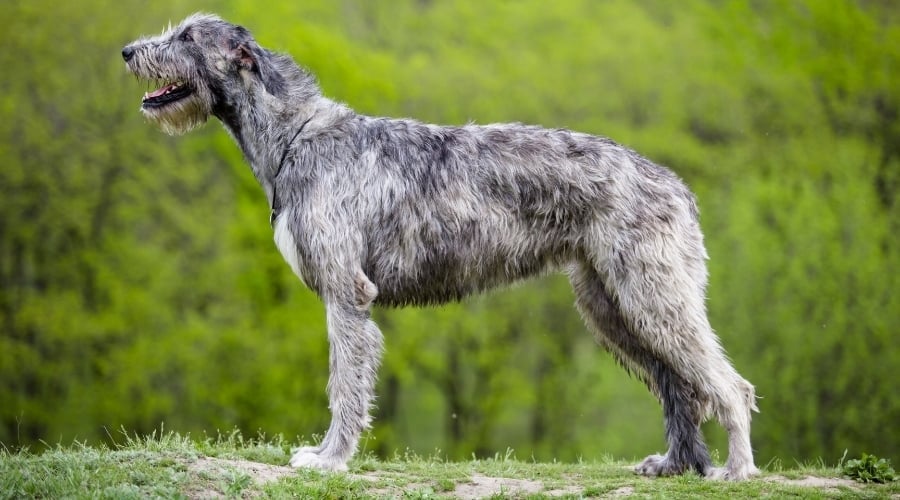
Despite their towering size, these dogs are gentle, sensitive, and often happiest curled up beside you like a 180-pound throw pillow. They crave companionship and are prone to separation anxiety if left alone for too long.
Like other large breeds, they face a high risk of health issues, including heart disease, cancer, hip and elbow dysplasia, bloat, and liver shunts. Their rough, wiry coats may give them a rugged look, but their lifespans are among the shortest—often just six to eight years.
- Lifespan: 6–8 years
- Weight: 105–180+ pounds
- Height: 30–32+ inches
3. Mastiff
The Mastiff, often called the British or English Mastiff, is one of the oldest and largest dog breeds in the world. And with their broad chests, square heads, and signature black-masked faces, they’re built like living fortresses.
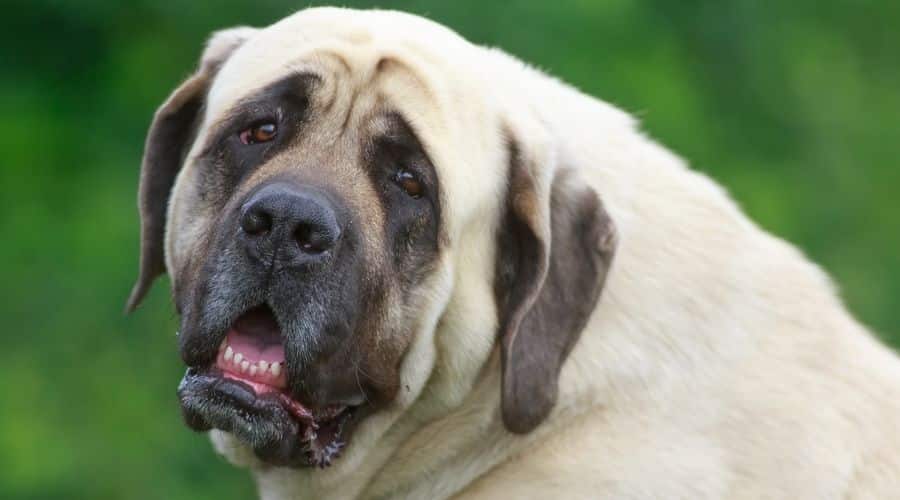
Despite their size, Mastiffs are gentle, loyal, and deeply affectionate with their people. Their enormous bodies, however, come with a heavy health toll.
Lifespans range from six to ten years, with common issues like hip dysplasia, heart disease, bloat, and joint problems.
- Lifespan: 6–10 years
- Weight: 120–230+ pounds
- Height: 27.5–30+ inches
Heavyweight: The heaviest Mastiff on record, a London-born gentle giant named Zorba, weighed a staggering 345 pounds—proof that “lap dog” is a state of mind.
4. Neapolitan Mastiff
The Neapolitan Mastiff, or Mastino, is a towering, jowly tank of a dog with roots tracing back over 5,000 years.
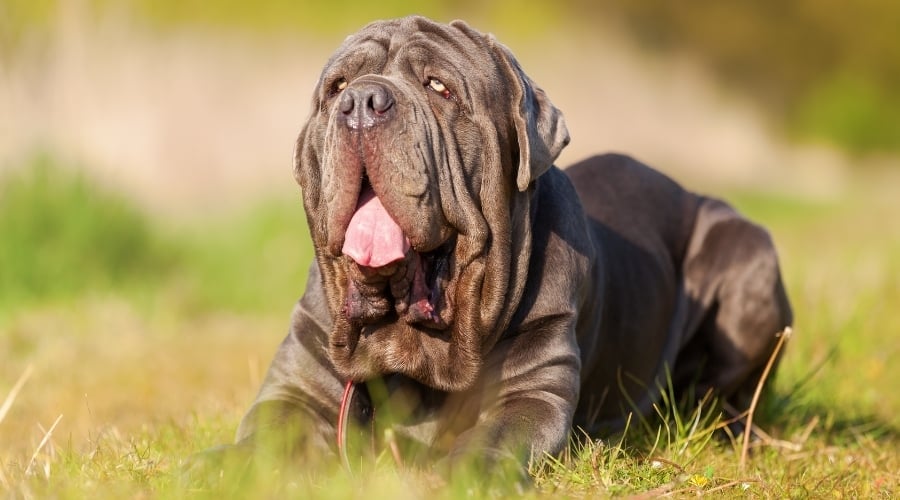
Bred in Italy to pull carts and guard farms, this breed is known for its enormous size, pendulous wrinkles, and slow, lumbering swagger. Behind the intimidating exterior is a loyal companion with a stubborn streak and a heart of gold.
These gentle giants rarely live beyond 9 years, with many facing chronic health challenges. Heart disease is a significant concern, along with joint issues, bloat, and eye problems like cherry eye. Obesity can also sneak up fast on such a big body, and their sheer appetite doesn’t help.
- Lifespan: 7–9 years
- Weight: 110–200+ pounds
- Height: 29–31 inches
5. Bullmastiff
The Bullmastiff is a muscular, drool-heavy guardian dog bred in 19th-century England to stop poachers in their tracks.
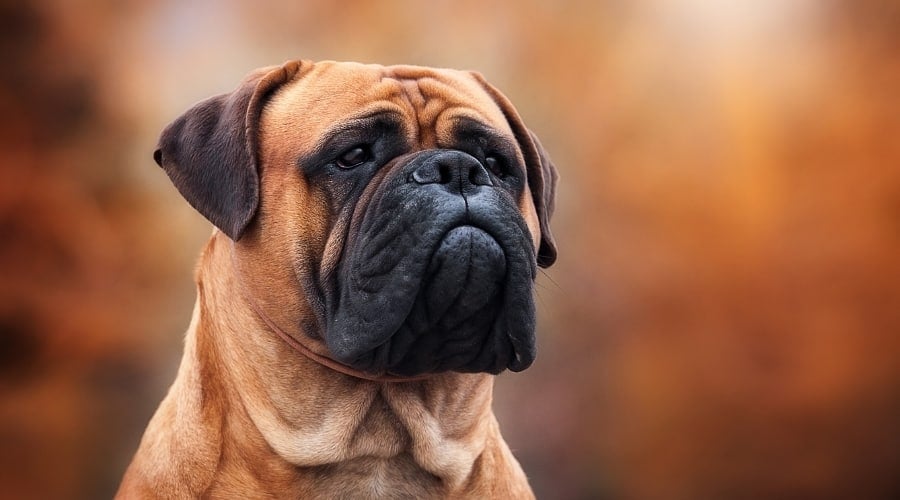
A cross between a Mastiff and a Bulldog, this “Gamekeeper’s Night Dog” was designed to be strong, silent, and fiercely loyal. But behind all that muscle is a devoted companion who wants to be close—preferably with a nap and a puddle of drool.
Like many large breeds, they’re prone to health issues, including hip and elbow dysplasia, heart problems, and cancer. Their short muzzles also put them at risk for breathing troubles and overheating.
- Lifespan: 7–10 years
- Weight: 100–140 pounds
- Height: 24–26 inches
6. Great Dane
The Great Dane is one of the world’s most iconic dog breeds. With long legs, lanky frames, and droopy jowls, they’re hard to miss—and impossible to forget.
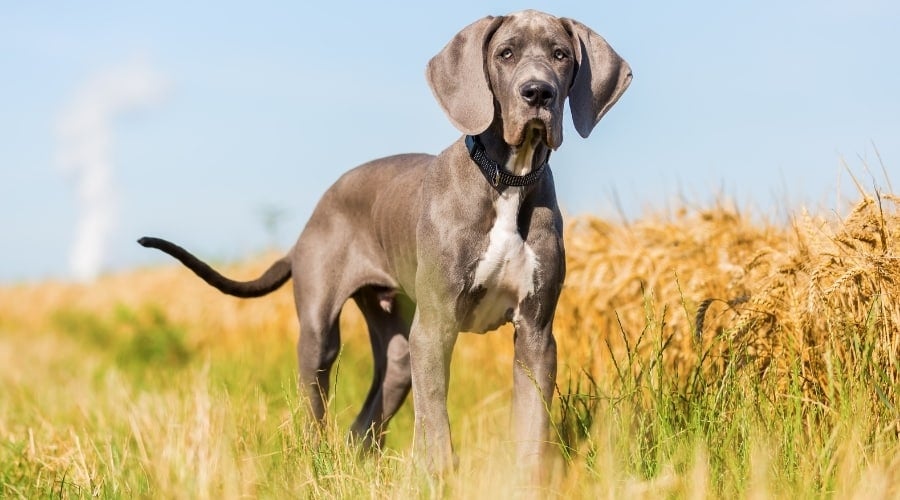
Despite their size, Great Danes are famously sweet-natured and affectionate. They’ve earned the nickname “gentle giant” for good reason and often try to climb into laps they definitely don’t fit in.
Great Danes typically live 7 to 10 years, though some don’t make it that long. Their size contributes to common health issues like hip dysplasia, heart disease, thyroid dysfunction, and bloat.
- Lifespan: 7–10 years
- Weight: 110–175 pounds
- Height: 28–32+ inches
Record-holder: The tallest dog ever recorded was a Great Dane named Zeus, who stood an astonishing 44 inches tall at the shoulder. That’s more than a small kitchen table.
7. Newfoundland
The Newfoundland is a sweet-natured working dog originally bred to help fishermen off the coasts of Canada.
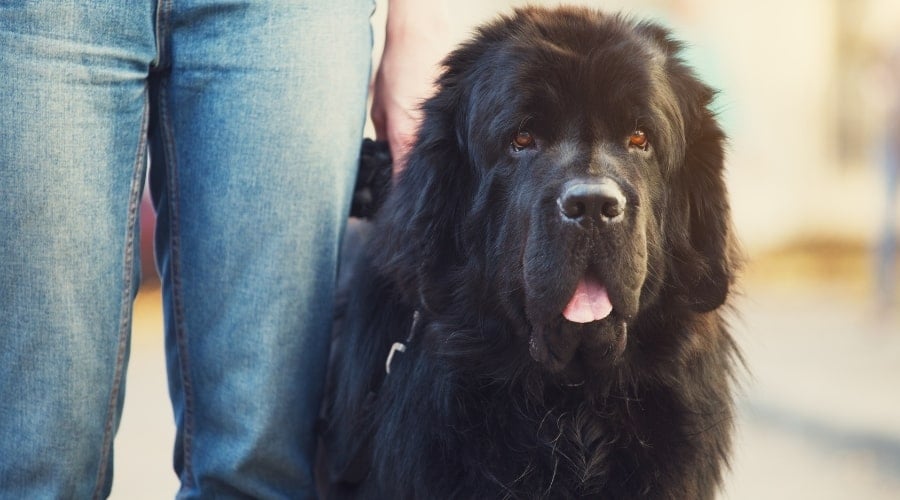
Newfies are calm, affectionate, and famously good with children. They’re often described as “nanny dogs” thanks to their protective instincts and patient temperament.
Like many giant breeds, Newfoundlands face a short average lifespan and several health concerns. Common issues include hip and elbow dysplasia, heart disease, bloat, and cystinuria (a genetic kidney disorder).
- Lifespan: 8–10 years
- Weight: 100–150 pounds
- Height: 24–30 inches
Star power: The most iconic Newfoundland in pop culture? Nana, the devoted nurse dog from “Peter Pan,” who looked after the Darling children with fluffy patience.
8. Saint Bernard
The Saint Bernard is a massive, gentle breed originally bred for alpine rescues in the snowy Swiss Alps. With their iconic fluffy coats, giant paws, and droopy faces, they look like cartoon heroes brought to life.
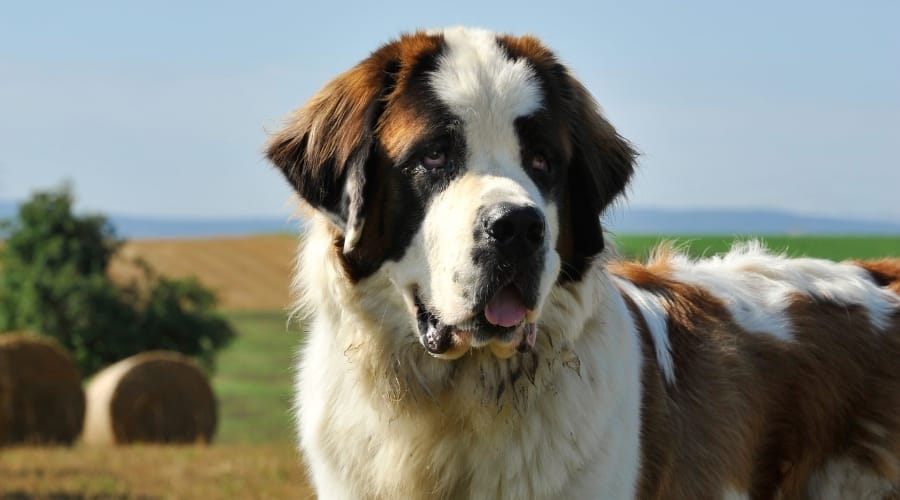
Despite their impressive size, Saint Bernards are mellow, affectionate, and famously good with kids. They’re happiest when surrounded by family, lounging indoors, or napping somewhere cool. They do need space to stretch out—and a mop to manage the drool.
These gentle giants typically live 8 to 10 years, but their size makes them prone to health issues. Common concerns include hip and elbow dysplasia, heart disease, bloat, and eye problems like entropion.
- Lifespan: 8–10 years
- Weight: 130–180 pounds
- Height: 25–30+ inches
9. Leonberger
The Leonberger is a giant, regal companion dog originally bred to resemble a lion—right down to the mane.
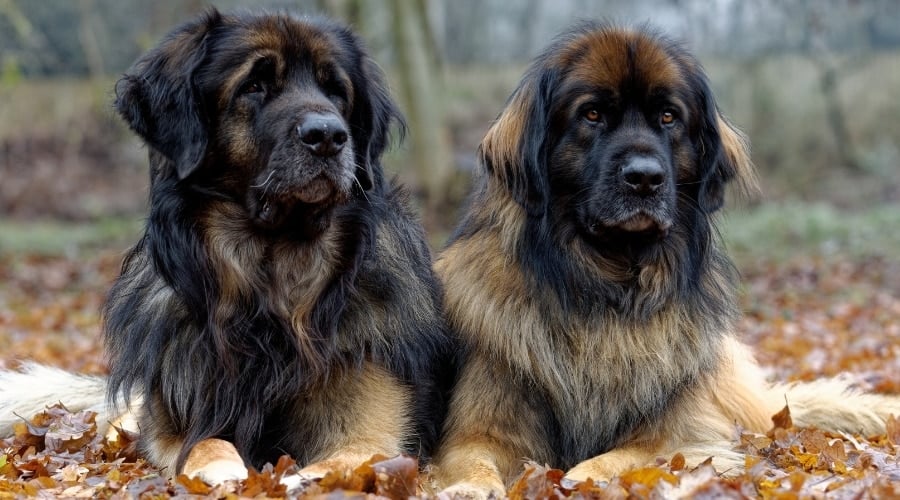
Developed solely for companionship, this breed combines size, strength, and a surprisingly gentle spirit. They do well with children and other animals, making them ideal family dogs if you’ve got the space.
Though generally healthy, Leonbergers still face some serious breed-specific risks. In addition to hip dysplasia, eye conditions, and hypothyroidism, they’re prone to two inherited neuromuscular diseases: Leonberger polyneuropathy and leukoencephalomyelopathy. These conditions can shorten their already modest lifespan.
- Lifespan: 9–10 years
- Weight: 90–170 pounds
- Height: 25–29 inches
Living Large, Leaving Early
While not giants, these large-bodied dogs still fall into the category where size works against lifespan. Most live just 8 to 12 years, often due to joint issues, heart conditions, or breed-specific diseases.
Their strength, stamina, and loyalty are unmatched, but their years feel unfairly short.
Below are large dog breeds with the shortest lifespans.
10. Bernese Mountain Dog
The Bernese Mountain Dog is a striking tri-colored working breed from the Swiss Alps.
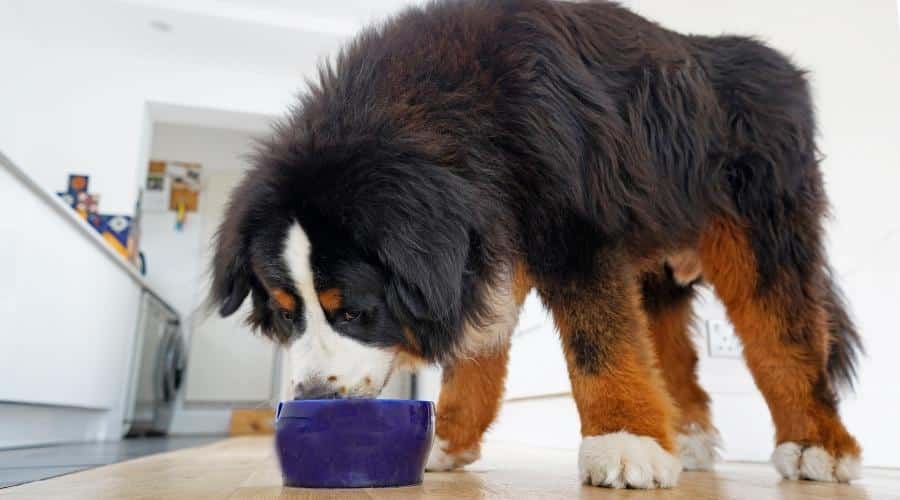
Originally bred to pull carts and herd cattle, Berners are known for being loyal, loving, and excellent with children. They thrive in cool climates and prefer being around their people as much as possible.
Sadly, this beautiful breed has one of the shortest lifespans of any large dog. Most Bernese Mountain Dogs live only 6 to 8 years. and are prone to certain health issues like cancer, hip and elbow dysplasia, and bloat.
- Lifespan: 6–8 years
- Weight: 70–115 pounds
- Height: 23–28 inches
11. Boxer
The Boxer is a strong, athletic breed with a square muzzle, expressive eyes, and boundless energy.

Originally developed in Germany, Boxers were used as military, police, and guide dogs in the early 20th century. Their ancestors share lineage with Bulldogs and Mastiff-type breeds, though today’s Boxer is leaner and more refined.
Boxers are known for being playful, loyal, and great with families. They’re high-energy dogs that need daily exercise and mental stimulation.
Most Boxers live around 8 to 10 years. Common health concerns for Boxers include heart conditions, cancer, hip dysplasia, and digestive issues.
- Lifespan: 8–10 years
- Weight: 48–85 pounds
- Height: 22–25 inches
12. Broholmer
The Broholmer is a rare, Mastiff-like breed from Denmark known for its massive frame and calm, watchful presence.

Broholmers are strong, steady, and surprisingly agile for their size. They’re happiest when they can tag along on daily adventures and stay close to their people, though their large build makes them better suited for homes with plenty of space.
Most Broholmers live 8 to 10 years. Though generally healthy, they can still experience orthopedic issues like hip and elbow dysplasia, especially due to their heavy-boned structure.
- Lifespan: 8–10 years
- Weight: 90–150 pounds
- Height: 27–29+ inches
Butcher’s Dog: In 19th-century Copenhagen, Broholmers were such a common sight outside meat shops that they earned the nickname “the butcher’s dog.”
13. Rottweiler
The Rottweiler is a powerful working dog with roots tracing back to the Roman Empire. Originally used to herd livestock and pull carts, the breed eventually found its name—and purpose—in the German town of Rottweil, where it became a trusted guardian for local butchers.
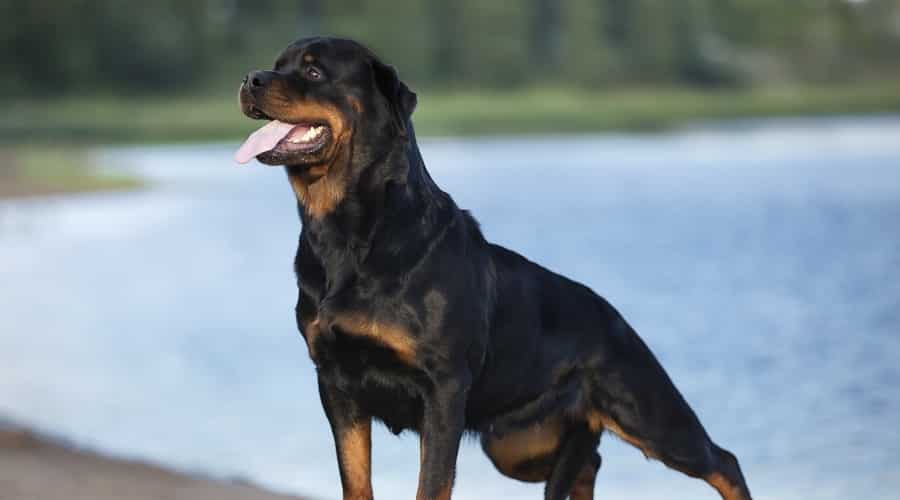
Today, Rotties are known for their loyalty, strength, and unmistakable black-and-tan coats. Despite their formidable reputation, Rottweilers are deeply devoted to their families. They’re confident and protective but need consistent training and firm, experienced handling.
Rottweilers typically live 8 to 10 years, but many face serious health issues that can cut that short. Heart conditions, joint problems, vision loss, and inherited diseases like Von Willebrand’s and Addison’s are all concerns.
- Lifespan: 8–10 years
- Weight: 75–110 pounds
- Height: 22–27 inches
14. Greater Swiss Mountain Dog
The Greater Swiss Mountain, or “Swissy,” is a powerful working breed from the Swiss Alps, originally used to herd livestock, pull carts, and guard farms.
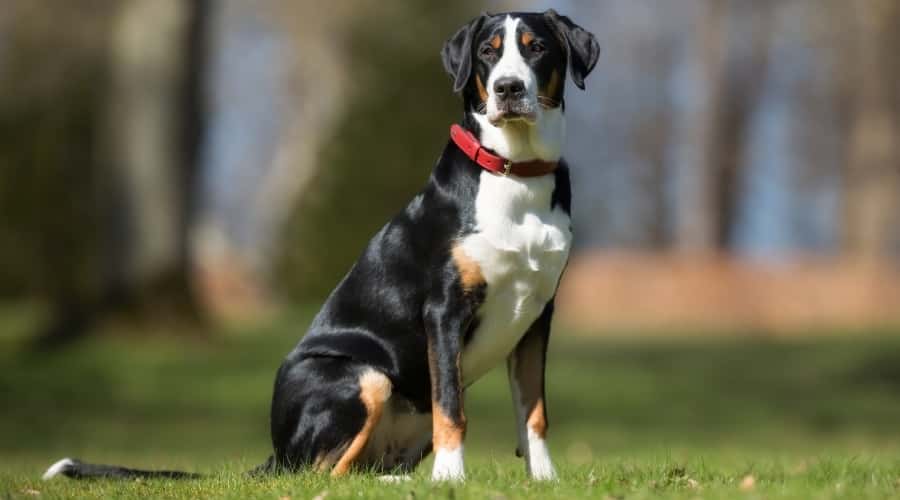
Swissies are loyal and even-tempered, often forming strong bonds with their people. They’re happiest and thrive with plenty of physical activity when included in daily life.
This breed usually lives 8 to 11 years. They are a healthy breed, but like many heavier canines, they can suffer from elbow, hip, and shoulder dysplasia. This breed is prone to eye issues, including progressive retinal atrophy and age-related cataracts.
- Lifespan: 8–11 years
- Weight: 85–140 pounds
- Height: 23–29 inches
15. Scottish Deerhound
The Scottish Deerhound is a graceful sighthound with roots that predate recorded Scottish history. Their wiry coats, long limbs, and noble posture earned them a place in royal courts and, later, in hearts.
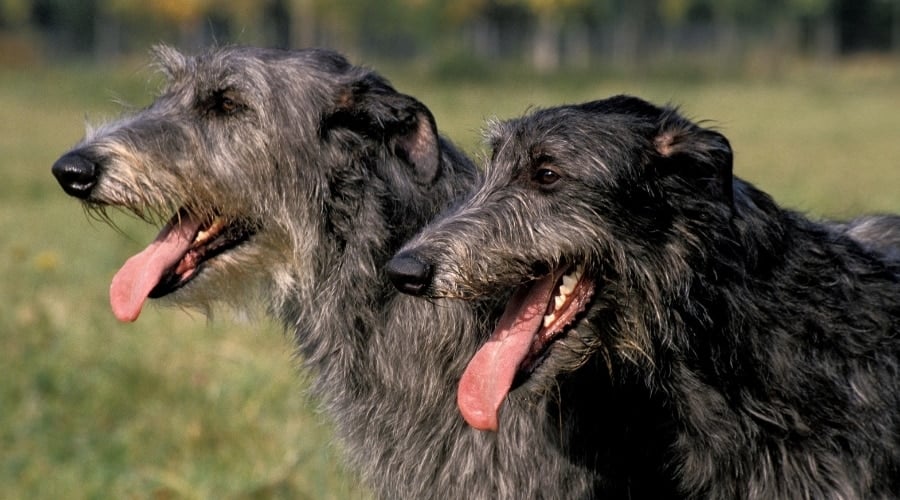
Often mistaken for the Irish Wolfhound, the Deerhound is slightly smaller but shares the same gentle, dignified temperament.
They’re affectionate without being clingy and courageous but rarely aggressive. While loyal to their families, they make poor watchdogs and tend to ignore strangers entirely.
Scottish Deerhounds typically live 8 to 11 years. They’re vulnerable to heart disease, bloat, and osteosarcoma. Their strong prey drive also means they’re best kept on a leash or in securely fenced areas.
- Lifespan: 8–11 years
- Weight: 75–110 pounds
- Height: 28–32 inches
16. Cane Corso
The Cane Corso is a striking, powerful dog originally bred in Italy to guard property and hunt large game. Their bite force is among the strongest of any dog breed—comparable to that of a lion.
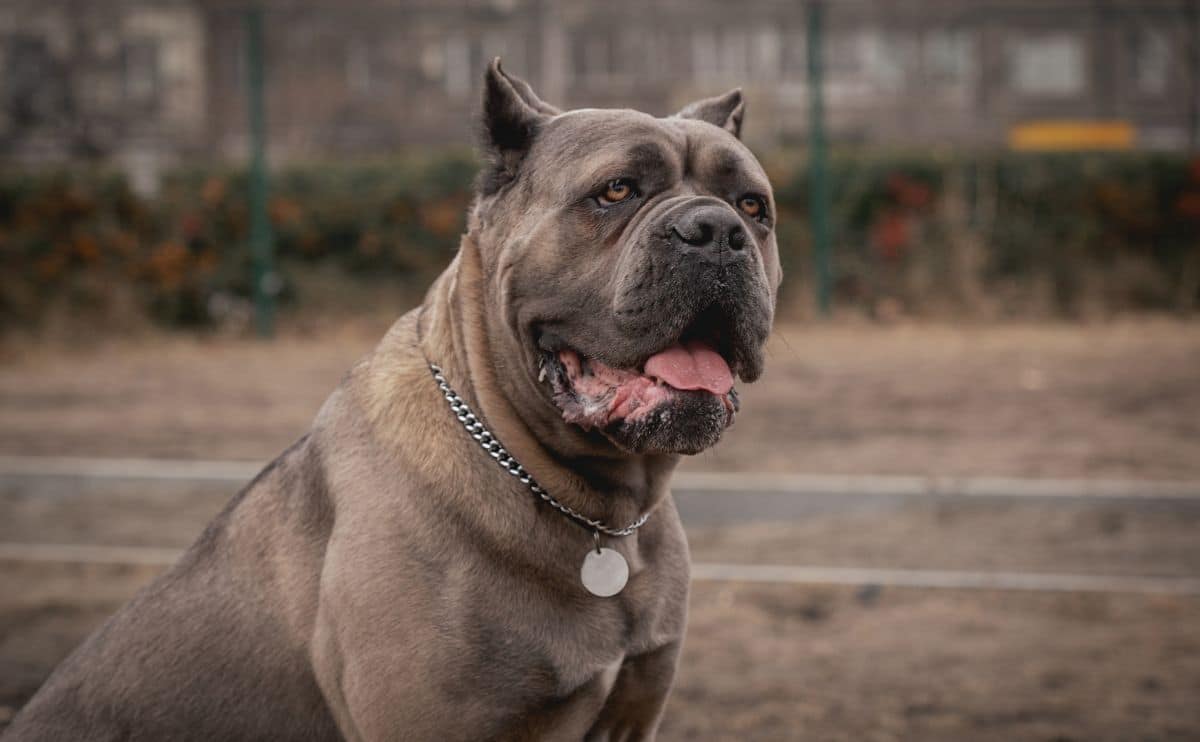
Cani Corsi are intelligent, loyal, and deeply bonded to their families. They thrive under experienced, confident owners and need early socialization to do well with children or other animals. Without proper guidance, they can become territorial or overly dominant.
Most Cane Corsos live around 10 years, though their size puts them at risk for several health issues. Common health concerns for Cane Corsos include hip and elbow dysplasia, bloat, heart problems, and skin conditions.
- Lifespan: 9–10 years
- Weight: 85–120+ pounds
- Height: 23.5–27.5 inches
Fun Fact: Cane Corsi are notoriously gassy. They tend to gulp air while eating, which results in frequent—and impressive—flatulence.
17. Bloodhound
The Bloodhound is a legendary scent-tracker, famous for its incredible nose and droopy, expressive features. Their wrinkled faces, long ears, and soulful eyes make them one of the most recognizable hounds around.
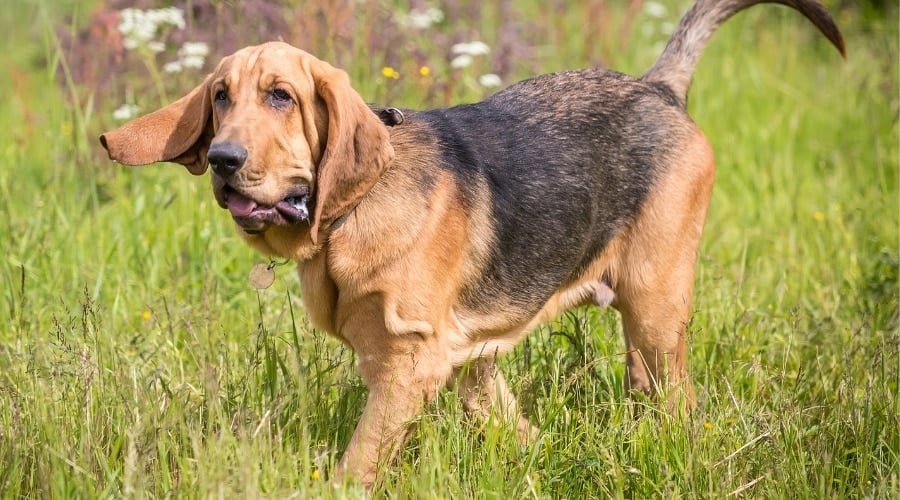
Bloodhounds are gentle, affectionate, and great with children, though they can be stubborn and single-minded when a scent takes over. They need plenty of space, patience, and a securely fenced yard because they’re off once they catch a trail.
Most Bloodhounds live 9 to 11 years but are prone to several health issues. Common concerns include bloat, hip and elbow dysplasia, ear infections, and eye problems like entropion.
- Lifespan: 9–11 years
- Weight: 80–110 pounds
- Height: 23–27 inches
18. Borzoi
The Borzoi, once known as the Russian Wolfhound, is a sleek, aristocratic sighthound bred by Russian nobility to chase wolves across snowy plains.
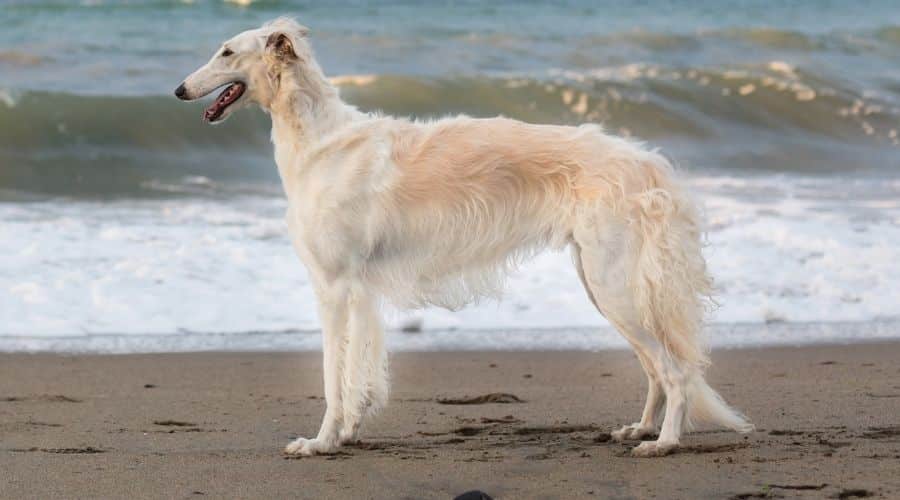
Despite their refined looks, Borzois are surprisingly goofy and affectionate at home. They tend to be quiet, reserved around strangers, and deeply bonded with their families.
Borzois typically live 10 to 12 years. Like other deep-chested breeds, they’re at risk for bloat and heart issues.
- Lifespan: 10–12 years
- Weight: 60–105 pounds
- Height: 26–32 inches
19. Doberman Pinscher
The Doberman Pinscher is often cast as the tough guy in movies, but behind the serious stare is a smart, loyal, and surprisingly affectionate dog.
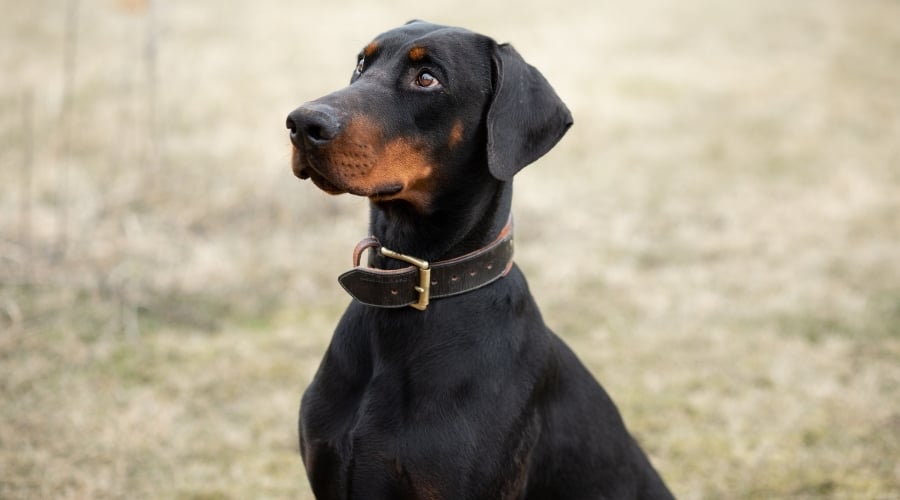
Dobermans are athletic, high-energy dogs that need consistent training and plenty of exercise. They thrive with experienced owners who can provide structure and keep up with their stamina.
This breed typically lives 10 to 12 years but is genetically prone to heart disease—especially dilated cardiomyopathy, which affects more than half of all Dobermans. Other health concerns include hip dysplasia, bloat, and certain cancers.
- Lifespan: 10–12 years
- Weight: 60–100 pounds
- Height: 24–28 inches
20. Old English Sheepdog
The Old English Sheepdog, affectionately known as the Bobtail, is a fluffy, cheerful-looking breed with a cloud-like coat and a heart to match.
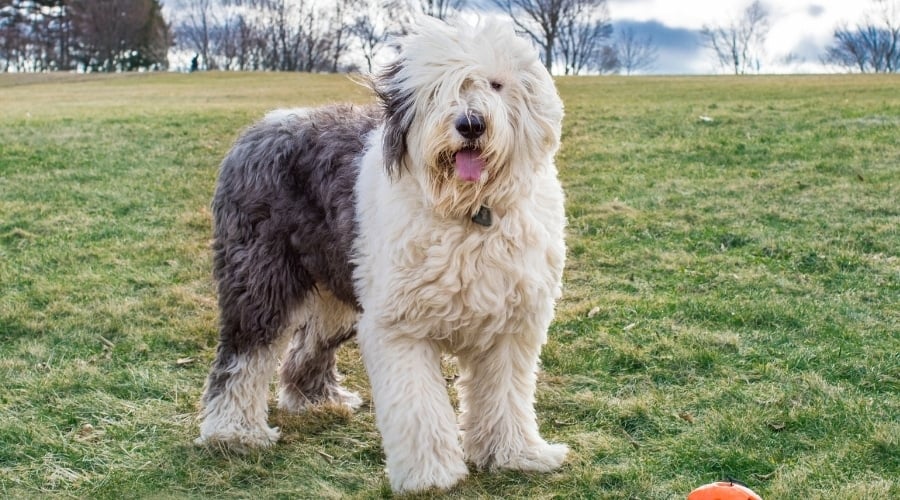
These dogs are affectionate, playful, and great with families. They do need regular grooming to keep their double coat under control and are happiest in homes where they’re part of the daily action.
Old English Sheepdogs typically live 10 to 12 years. While generally healthy, they are prone to hip dysplasia, inherited deafness, and eye issues.
- Lifespan: 10–12 years
- Weight: 80–100+ pounds
- Height: 21–24 inches
Not What It Says On The Tin: Despite the name, the Old English Sheepdog is neither particularly English nor a traditional sheepdog, but it won over audiences everywhere in “The Shaggy Dog.”
21. Rhodesian Ridgeback
The Rhodesian Ridgeback is a sleek, muscular hound bred initially in Africa to hunt lions and protect homesteads. Named for the ridge of backward-growing hair along their spine, these dogs are fast, agile, and highly alert.
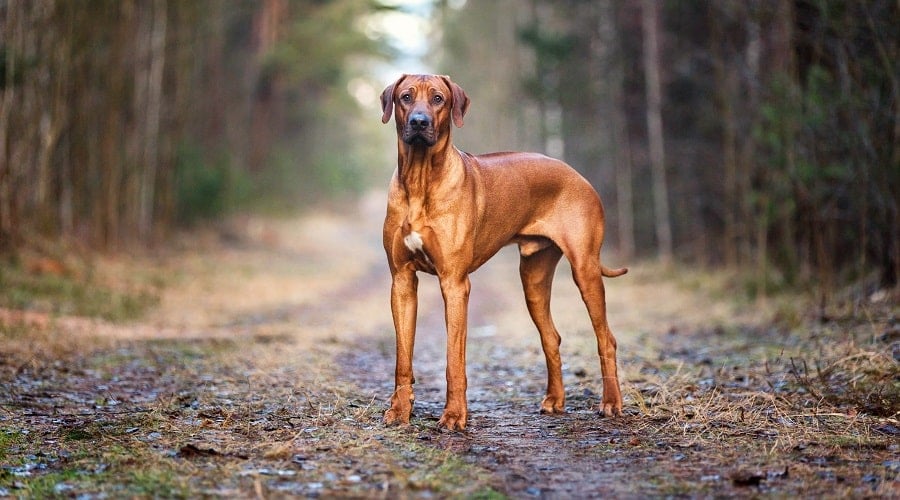
Ridgebacks are affectionate and gentle at home, but their dominant instincts require experienced handling. They may become territorial or reactive toward strangers and other pets without early training and socialization.
Most Ridgebacks live 10 to 12 years, though their intensity sometimes works against them. They need consistent structure, regular exercise, and firm leadership to thrive.
- Lifespan: 10–12 years
- Weight: 75–80 pounds
- Height: 24–27 inches
22. Weimaraner
The Weimaraner, often called the “Gray Ghost,” is a sleek and elegant hunting dog bred initially in 19th-century Germany to track large game like deer and bears.
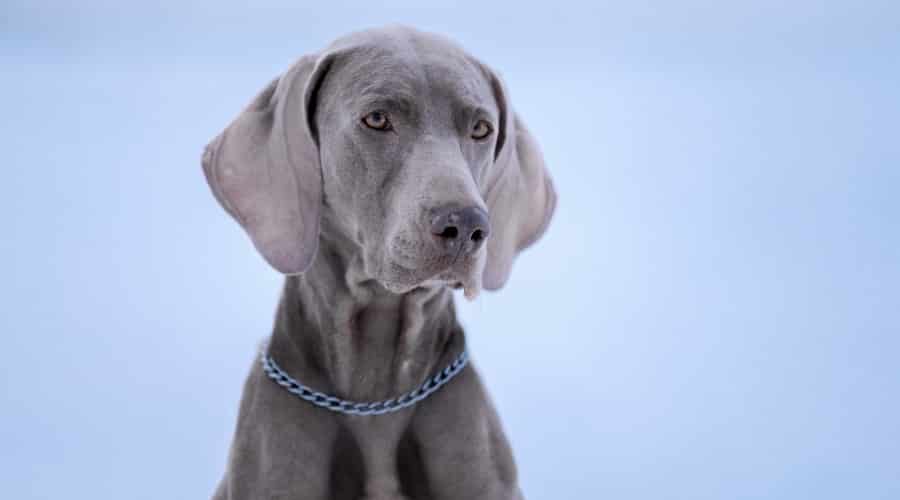
Modern Weimaraners are affectionate, energetic, and deeply people-oriented. When properly socialized, they thrive in active households and do exceptionally well with children and other dogs.
Weimaraners typically live 10 to 13 years. Like many large breeds, they are at risk for bloat, also known as gastric torsion—a life-threatening condition that can come on suddenly. Regular vet care, proper feeding schedules, and an active lifestyle help support their long-term health.
- Lifespan: 10–13 years
- Weight: 55–90 pounds
- Height: 23–27 inches
Compact But Cut Short
Small dogs usually live the longest, often reaching 13 to 16 years. But not all little pups get the gift of time.
Some medium-small breeds, especially those with flat faces or tightly bred lineages, face serious health challenges that can shorten their lives significantly.
Below are medium and small dog breeds with the shortest lifespans.
23. Bulldog
The Bulldog is instantly recognizable with its wrinkled face, undershot jaw, and signature waddle.
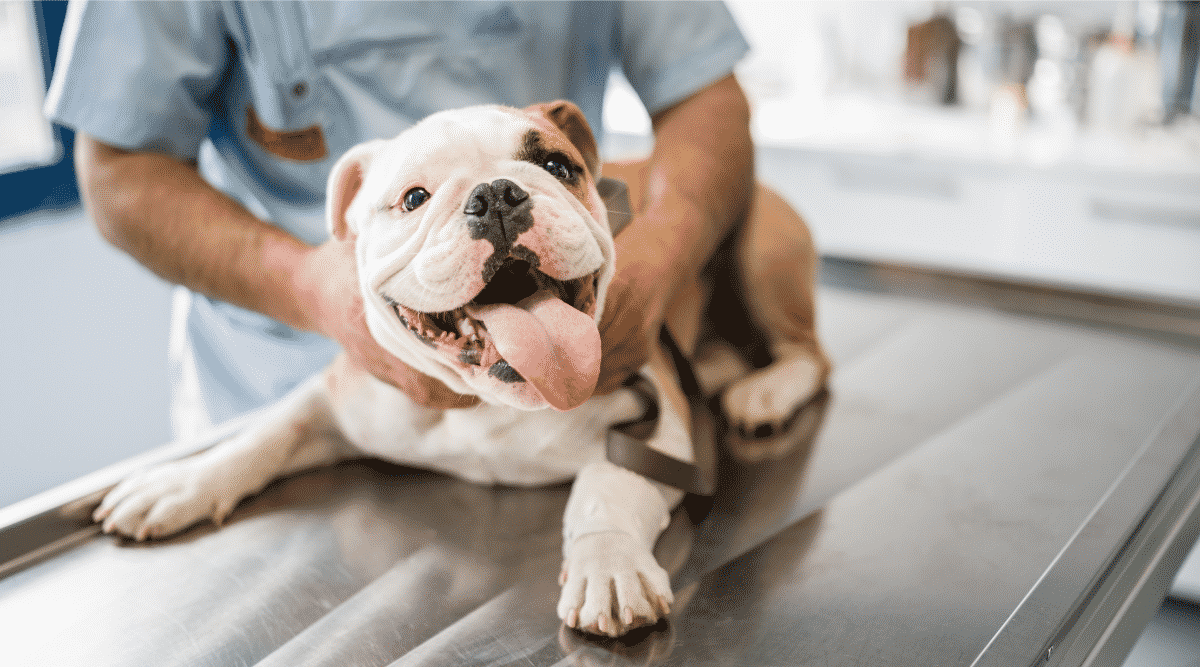
Originally descended from fighting Mastiffs in England, today’s Bulldog is likelier to nap on the couch than charge into battle. Their stocky build and short muzzles give them a tough look, but they’re total softies at heart.
Unfortunately, their unique appearance comes at a cost. Bulldogs are prone to breathing difficulties, especially in hot or humid weather. They’re also at risk for other health problems, including skin issues, eye conditions, joint problems, bloat, and bladder stones.
- Lifespan: 8–10 years
- Weight: 40–60 pounds
- Height: 14–15 inches
24. Chow Chow
The Chow Chow is an ancient Chinese breed, easily recognized by its lion-like mane, scowling expression, and signature blue-black tongue. Artifacts from as far back as 200 BC depict these proud, fluffy dogs, making them one of the oldest documented canine companions.
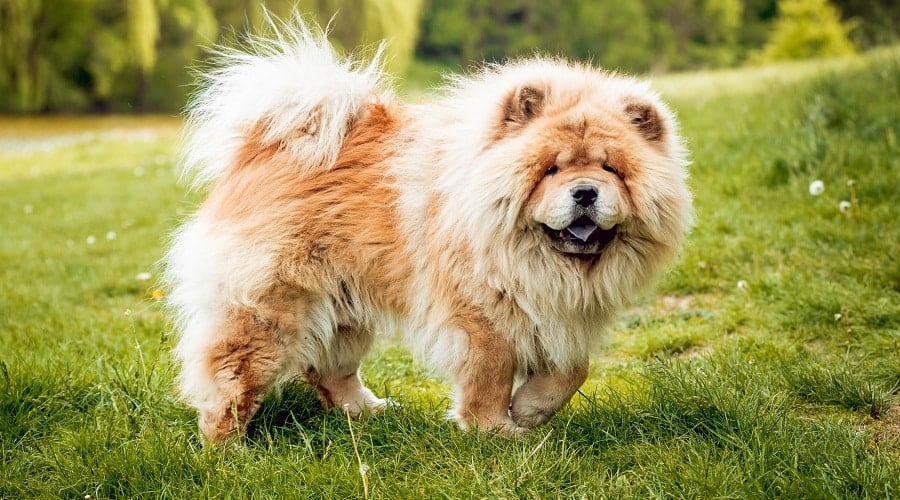
Chows are famously aloof, independent, and often compared to cats in temperament. They bond closely with their people but are not fond of strangers or unfamiliar dogs.
Chow Chows typically live 8 to 12 years and are prone to eye issues like entropion and progressive retinal atrophy. Hip dysplasia, hypothyroidism, and obesity-related problems are also common.
- Lifespan: 8–12 years
- Weight: 45–70 pounds
- Height: 17–20 inches
25. French Bulldog
The French Bulldog, or Frenchie, is one of the most beloved small breeds in the world. With their bat-like ears, snub noses, and wide-eyed expressions, they’ve become a favorite for apartment dwellers and city dog lovers alike.

Despite their tiny frames, Frenchies have huge personalities. They’re loyal, playful, and often clingy with their people, thriving on constant companionship.
While they aren’t big barkers, they can be stubborn and a little possessive. With proper training and attention, they make excellent indoor pets—even in small spaces.
French Bulldogs live around 10 to 12 years on average. Like their English cousins, they’re prone to breathing problems due to their flat faces. Other common health issues for Frenchies include joint trouble, overheating, eye problems, and allergies.
- Lifespan: 10–12 years
- Weight: 20–28 pounds
- Height: 11–12 inches
Comparison Chart: Dog Breeds With Shortest Lifespans
While we’ve grouped these breeds by size to highlight how it correlates with lifespan, the list below puts them in order from shortest to longest average lifespan—regardless of size.
It’s a clear look at which breeds truly have the briefest time by our side.
| Breed | Average Lifespan |
|---|---|
| Dogue de Bordeaux | 5–8 years |
| Irish Wolfhound | 6–8 years |
| Bernese Mountain Dog | 6–8 years |
| Mastiff (British or English) | 6–10 years |
| Neapolitan Mastiff | 7–9 years |
| Bullmastiff | 7–10 years |
| Great Dane | 7–10 years |
| Boxer | 8–10 years |
| Broholmer | 8–10 years |
| Bulldog | 8–10 years |
| Newfoundland | 8–10 years |
| Rottweiler | 8–10 years |
| Saint Bernard | 8–10 years |
| Greater Swiss Mountain Dog | 8–11 years |
| Scottish Deerhound | 8–11 years |
| Chow Chow | 8–12 years |
| Cane Corso | 9–10 years |
| Leonberger | 9–10 years |
| Bloodhound | 9–11 years |
| Borzoi | 10–12 years |
| Doberman Pinscher | 10–12 years |
| French Bulldog | 10–12 years |
| Old English Sheepdog | 10–12 years |
| Rhodesian Ridgeback | 10–12 years |
| Weimaraner | 10–13 years |
7 Hidden Factors That Affect How Long Your Dog Lives
We all know that diet, exercise, and breed play a role in a dog’s lifespan, but they’re only part of the story.
Less obvious factors, from gut health to stress levels, can quietly shape how long your dog stays by your side.
1. The Color of Their Coat Can Predict Health Risks
Believe it or not, a dog’s fur color can sometimes hint at potential health concerns.
Studies show that chocolate Labradors tend to have shorter lifespans than their yellow or black siblings, likely due to genetic factors that make them more prone to skin conditions and ear infections.

Merle-coated dogs are also at higher risk for vision and hearing issues.
2. Spaying & Neutering Can Influence Lifespan
Fixing your dog isn’t just about preventing puppies. Studies suggest that spayed and neutered dogs tend to live longer than their intact counterparts.
Why? Removing reproductive organs reduces the risk of certain cancers and eliminates life-threatening infections like pyometra in females.
That said, early spaying or neutering (before full growth) may impact joint health, so timing matters.
3. Stress & Anxiety Can Take Years Off Their Life
We often think of stress as a human problem, but dogs feel it, too, and it can affect their lifespan.
Chronic anxiety, whether from separation, past trauma, or lack of mental stimulation, can weaken their immune system and lead to destructive behaviors that cause injuries or health issues.
A well-loved, mentally engaged dog is not just happier but likely to live longer.
4. The Power Of Gut Health
A dog’s gut does more than digest food. It plays a key role in immunity, inflammation control, and even mood regulation.
An unhealthy gut microbiome can lead to chronic inflammation, reduced immune function, and increased disease risk.
Supporting gut health with probiotics, fiber-rich foods, and a high-quality diet may help your dog live longer.
5. Sleeping Patterns & Rest Quality
Sleep is essential for healing, hormone regulation, and immune strength. It’s when the body repairs itself and resets.
Dogs with poor sleep, whether from anxiety, pain, or breathing problems, may face higher risks for heart disease and cognitive decline.
A quiet, comfortable sleep space and a steady routine can support better rest and long-term health.
6. The “Sun Exposure” Effect
Too much sun can be dangerous for dogs, especially those with light-colored or thin coats. Like humans, they can develop skin cancer from UV exposure.
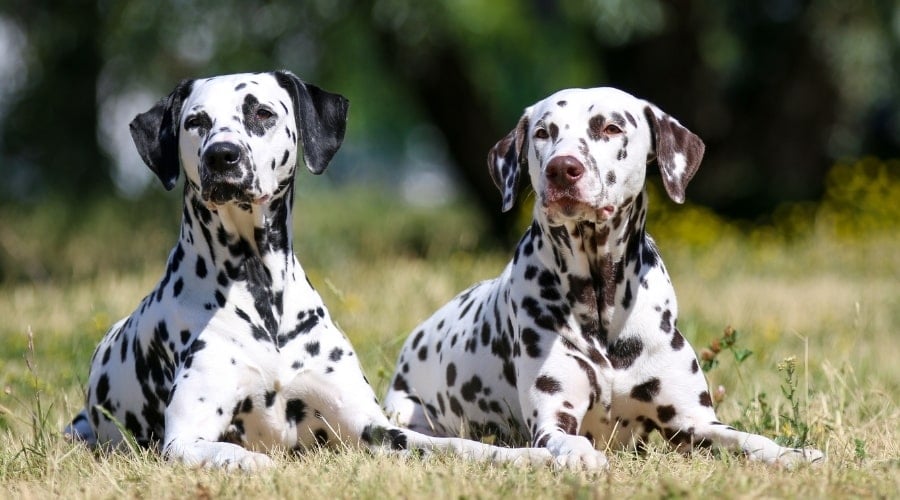
Breeds like White Boxers and Dalmatians are particularly sensitive. If your dog spends a lot of time outside, especially in sunny climates, provide shade and consider using pet-safe sunscreen.
7. The Power Of Love & Companionship
Science backs it up: dogs thrive when they feel loved and connected to their humans. Studies show that well-socialized, happy dogs with strong human bonds tend to live longer than those who experience neglect or isolation.
Socialized, emotionally secure dogs have better stress responses, healthier hearts, and stronger immune systems. Love, play, and meaningful interaction aren’t extras; they’re part of a long, healthy life.
How To Give Your Dog More Time: 6 Tips
We can’t control genetics, but we can influence the daily choices that shape a dog’s lifespan.
From what they eat to how they play, small habits can add up to years of extra time.
1. Feed Them Well
A nutritious, balanced diet gives your dog the fuel they need to thrive. It supports their immune system, gut health, and energy levels. Alternatively, processed or low-quality foods can lead to inflammation and disease over time.
View our picks for the healthiest dog food, or ask your vet for recommendations based on your dog’s breed, age, and lifestyle.
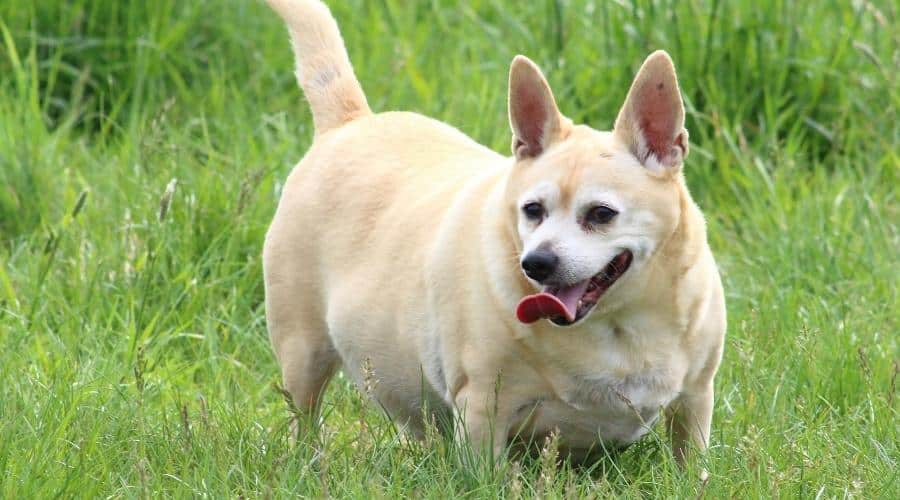
Note: Obesity shortens a dog’s life significantly. Keeping your dog lean through portion control and healthy treats is one of the most impactful things you can do.
2. Prioritize Exercise
Movement keeps your dog’s heart strong and joints flexible. It also boosts mental well-being and helps reduce destructive behaviors.
Active dogs tend to maintain a healthier weight and sharper minds as they age. That daily walk could add more than just steps; it could add years.
Even senior dogs benefit from daily walks and low-impact play. The key is consistency and tailoring activity to your dog’s age and ability.
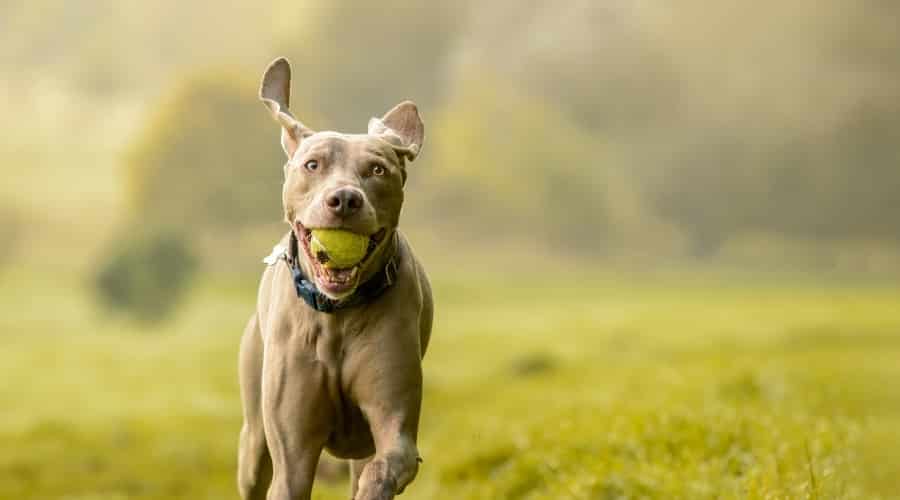
Is your dog on the path to success? See how your dog’s daily routine stacks up using these canine activity stats.
3. Schedule Regular Vet Visits
Your dog can’t tell you when something is wrong. Routine veterinary care is how you find issues early—before symptoms become apparent.
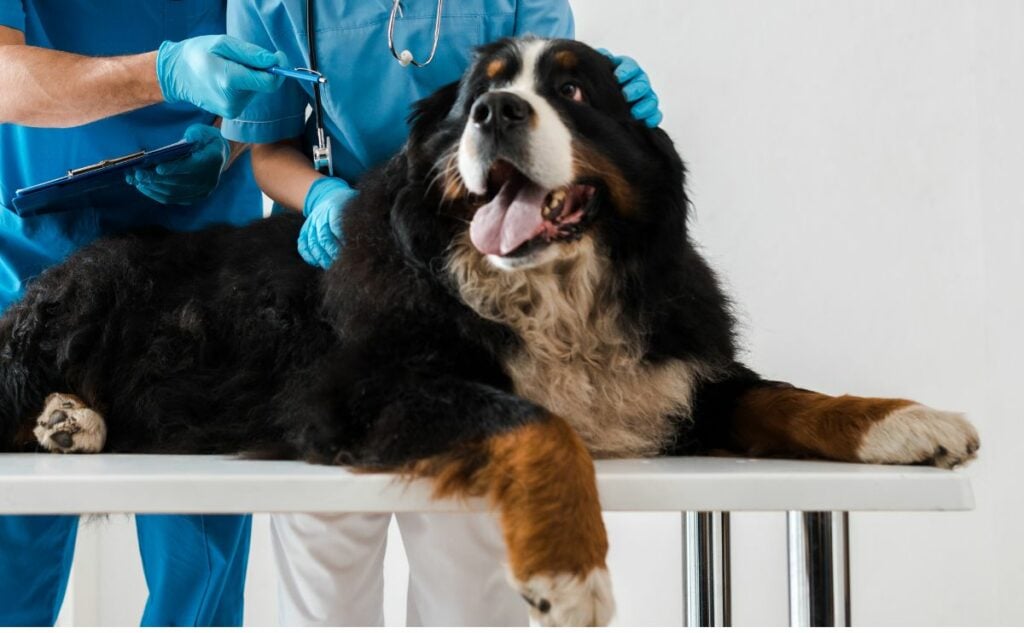
Annual exams, bloodwork, and dental checks catch silent conditions like kidney disease, heart problems, or cancer in the earliest stages. Early treatment often leads to better outcomes.
4. Protect Their Teeth
Gum disease is one of dogs’ most common and overlooked health issues. It doesn’t just affect their breath; it affects their entire body.
Bacteria from the mouth can enter the bloodstream and damage the heart, liver, or kidneys. Regular brushing, dental chews, and cleanings can reduce that risk.

Make dental care part of your routine from an early age. It’s not just about clean teeth; it’s about long-term health.
5. Keep Their Minds Active
Dogs need mental stimulation just as much as physical activity. Boredom can lead to anxiety, depression, and destructive behavior.
Puzzle toys, obedience training, scent games, and new experiences keep your dog’s brain sharp. Learning new commands or tricks can also delay cognitive decline.

Dogs are lifelong learners. Keeping their minds busy supports emotional balance and can improve their quality of life as they age.
6. Know Your Breed’s Health Risks
Every breed has its genetic vulnerabilities. Some are more prone to joint issues, while others are at higher risk for heart disease or cancer.
Understanding your dog’s risks helps you advocate for them. Early intervention can add months or even years to their life.
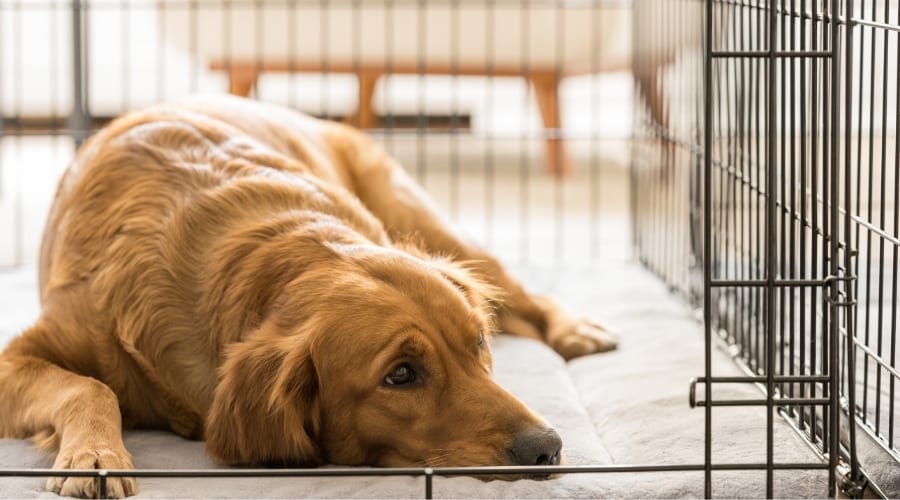
Talk to your vet about preventive care, supplements, and screening options for your dog’s breed.
Consider Pet Health Insurance
Pet insurance cannot prevent health problems, but it can be a valuable tool if your pup gets sick or needs long-term care for an unexpected ongoing condition.
Try as we might, we cannot prevent all emergencies and accidents. Learn more about pet insurance and whether it is a good choice for you in our detailed guide.
